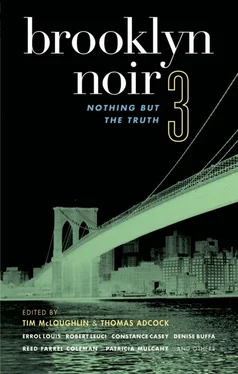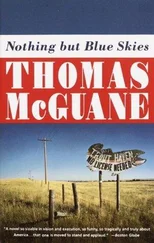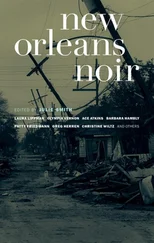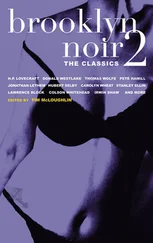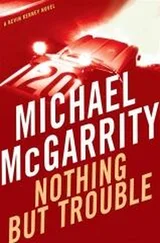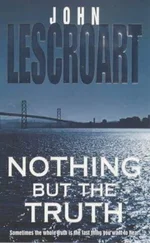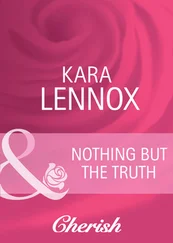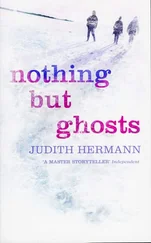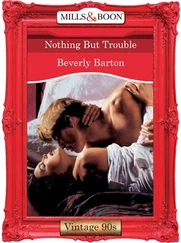Nissim Elmann was sentenced to 1 1/4 to 5 1/2 years in prison.
Court Officer Louis Salerno was sentenced to 1 to 4 1/2 years.
Judge Jeffrey Berry, disregarding prosecutors’ recommendations for leniency, sentenced Paul Siminovsky to one year in jail.
Garson was convicted of bribe-receiving and receiving rewards for official misconduct after trial. He wept when he was sentenced to 3 to 10 years in prison.
In sentencing Elmann and Salerno, Berry declared, “Justice is not for sale.”
Beef kills
by Rosemarie Yu
Let reverence for the law become the political religion of the nation.
— Abraham Lincoln (as seen on the entrance to Thomas Jefferson High School, East New York, Brooklyn)
East New York
No one much cares what happens in East New York. Most folks outside of Brooklyn likely don’t know where the neighborhood is, much less how to get there. And for the most part you can’t blame them. In a city of eight million, where homeless people are scattered across city streets and at least a handful of violent crimes are regular occurrences in said streets, caring is a luxury you can’t afford. This was especially true in 1991.
East New York in ’91 was a neighborhood where abandoned cars littered the curbs because no one cared enough to tow them away. Children would be kept up at night by the sounds of semi-automatic weapons fired off in abandoned lots, which continued because they were rarely hushed by the subsequent wail of police sirens. It was a neighborhood where a small, narrow, darkly lit bar could house fully naked prostitutes dancing salsa in a corner and pass itself off as a “strip bar” rather than a whorehouse.
In one residential block, a marijuana dealer peddled his wares through a small hole, just large enough for a hand, cut into a small square steel plate installed on the wall of the house. The buyer would knock and state his order, then money and pot would change hands through that hole — with neither buyer nor seller ever seeing one another’s faces. It was well understood that in a place where the police don’t respond to the sound of machine guns, the DEA wouldn’t be busting marijuana dealers over nickel bags.
East New York in the early ’90s was a dumping ground for the city’s marginalized, each immigrant group that moved up and out replaced by the next off the boat. The population was primarily black and Latino and, for the most part, freshly arrived to these shores. It had, as yet, failed to enjoy the gentrification brought to other parts of Brooklyn by young families seeking spare bedrooms and middle-class professional singles pushed out of the Manhattan housing market. Crime, isolation, poor schools, and drugs would keep such potential gentrification groups uninterested for quite some time.
East New York was a strange island of impoverished, neglected housing projects amidst a sea of burned-out homes and commercial buildings that were never restored to use — by people with rent money, anyway. It was a long subway ride from the business centers of Brooklyn and Manhattan, and, lacking shopping centers, museums, decent housing, or any type of job prospects, the neighborhood offered the outside world little reason to ever stop by. It was a place where the isolation of its residents made them distrustful of outsiders, especially the law, meaning the police. And like any group of people left to their own devices, the rules of the outside world ceased to matter.
Handguns were plentiful and cheap, but were not regarded as flashy ornaments. Many residents, including teenagers, carried concealed guns and knives because they genuinely feared for their own safety. But though the 75th Precinct reportedly confiscated numerous unregistered weapons on a daily basis, countless more went unnoticed.
In ’91, the story of a skinny twitch named Bernhard Goetz was still fresh in everyone’s minds. Several years earlier, Goetz, who had taken to carrying an unlicensed handgun after his second mugging, encountered four black teenagers on the subway. The boys were carrying blunt screwdrivers they planned to use to break into video arcade games. When the boys approached him and asked for money, Goetz — in a fit of rage, fear, desperation, prejudice, or hatred, depending on the account you believe — fired his gun repeatedly into each of them at close range. The boys survived, with one left a paraplegic. Goetz, ultimately convicted only of illegal weapons possession, went on to run for mayor, then public advocate — both futile campaigns.
After the shooting, the “subway vigilante,” as Goetz was tagged by the tabloids, became the embodiment of either the proposition that a middle-class white male can shoot black kids with impunity, or of the desperation of law-abiding citizens fed up with crime run amok. Either way you looked at it, it was a sign of the racial polarization of the time.
In August 1991, this point was driven home even harder in Crown Heights, when a young Guyanese boy was hit and killed by a rabbi’s motorcade. Within hours, an angry mob looking to kill a Jew — any Jew — wreaked vengeance upon Yankel Rosenbaum, a bystander with the poor luck to be in the wrong place at the wrong time. For the following four days, a torrent of unchecked, pent-up outrage from the neighborhood’s black Caribbean community poured onto the streets.
“The racial divide then was palpable and high,” recalled Michael Shapiro, a lawyer who defended one of the Jewish motorcade drivers whose out-of-control limousine caused another vehicle to collide, fatally, with the Guyanese boy.
The ensuing political fallout would shed light on a police department that hung back without getting involved, a conspicuously absent police commissioner, and Mayor David N. Dinkins — who appeared to lack any ability to manage the racial polarization.
The rest of the city stopped for a while and stared, jaws agape, then went about business as usual. This was, after all, blasé New York.
In the early 1990s, after years of steady escalation, the crime rate in New York City had hit its peak. In 1990, the city suffered 2,262 murders, 109 of them in the Brooklyn neighborhood of East New York, just a year before three teenage boys met their end in the halls of their own high school.
Jason Bentley was a fourteen-year-old boy who was smart but underachieving, typical of a kid trying to fit in at Thomas Jefferson High School. He also adored his older brother Jermaine, whom he had followed to “Jeff.” Jason, like so many others teens, owned a handgun for what he believed to be personal protection.
Jermaine, unfortunately, had “beef” with another boy, Jesse, over an issue most adults would consider minor — an inaccurate rumor that Jermaine “disrespected” Jesse’s sister. But in the culture of adolescent boys in East New York, things escalated and, predictably, turned deadly.
So it was that on November 25, 1991, in the hallway of Thomas Jefferson High School, Jermaine and Jesse began a fight over a book bag that quickly heated up. And when Jason thought he saw his brother in danger, he pulled the gun to defend him and fired twice, missing Jesse, but unintentionally hitting sixteen-year-old Darryl Sharpe and a teacher.
The teacher was wounded and eventually recovered. Darryl Sharpe died.
“I did what I had to do,” Jason stated ten years later to researchers from the National Academy of Sciences, who came seeking answers about why kids shoot kids. To the boys themselves, it was simple. It was a matter of survival.
“A lot of the kids felt like they had to arm themselves,” recalled Maria Newman, who wrote extensively about the shooting and the kids at Jeff for the New York Times . “It makes me sad that it was so commonplace.”
Читать дальше
